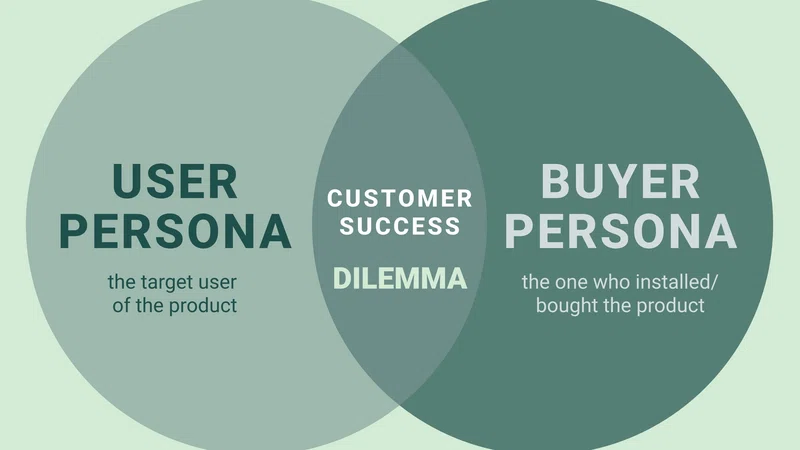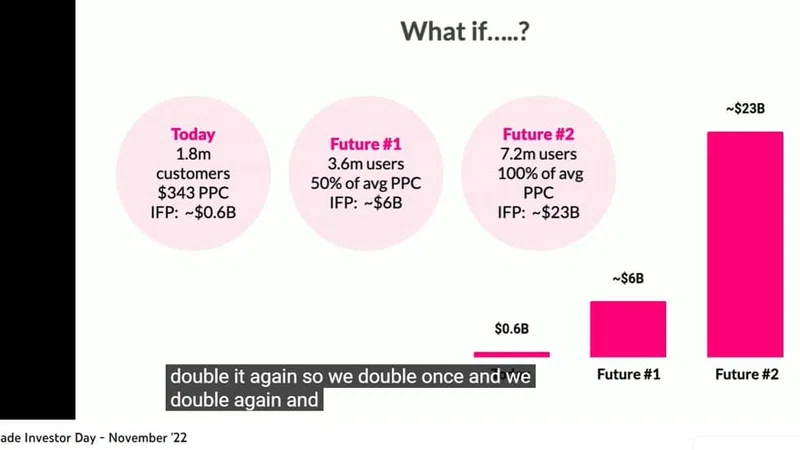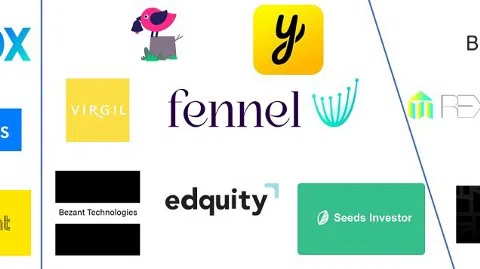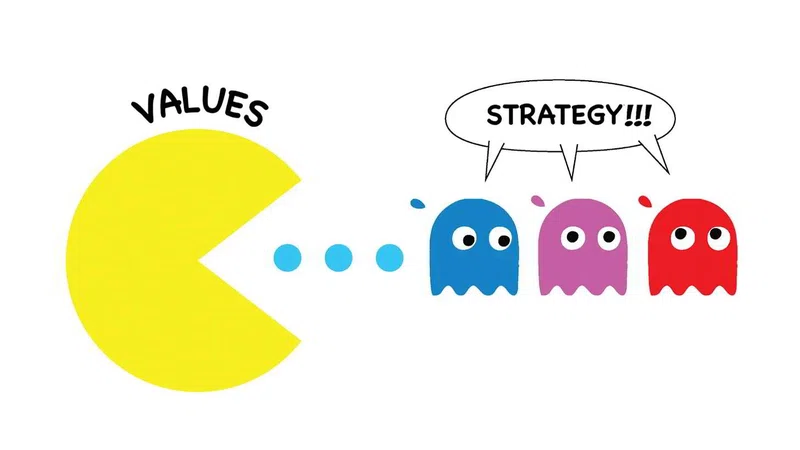New technology will change the financial industry and allow it to expand its business offerings, improve customer service and increase revenues.
Discussions about the "fintech bubble" are a thing of the past. Even the dramatic fall in cryptocurrencies failed to change the positive vector. Investments in global fintech reached a record $210 billion in 2021. Although we will obtain the 2022 data a little later, we can look at Europe's excellent performance right now. In the first half of last year alone, more than €6 billion were invested in fintech firms, well above €2.7 billion invested in January and February 2021.
When we analyze promising areas for development, we see that cybersecurity and artificial intelligence will be the fastest growing segments in 2023. What other trends should we expect?

1) The use of RegTech will increase.
Smart identification will gain momentum, giving customers easier ways to KYC. The fashion for digital technology used to speed up and adapt customers will spill over to all publicly available services. Some of the regulations that will emerge in 2023 are likely to be about biometrics and cryptography. That's a direction that should be observed.
2) Artificial Intelligence is getting real.
The use of algorithms to make decisions is an effective alternative to the current high-cost process of collecting, analyzing and using data. Moreover, chatbots are also quickly becoming an invaluable asset to customer support teams. Personally I see some problems with the use of robotic customer support, but there's no way to get away from this trend.
3) Active implementation of Open banking.
The demand for financial banking services is going up, and the competition for a place in the sun between fintech companies is getting fiercer. We see that authorities all over the world are making efforts to solve this problem by trying to legalize and regulate neobanks. The system of interaction is still in its infancy, but it is already a confident step into the future. Open banking will help bridge the gap between the conservative and the new, which will definitely dictate the direction of development for the current year.
4) API ecosystems will continue to develop rapidly.
Technology players such as Netflix, Uber and Paypal have used APIs to maximum effect and have become household names. This year APIs will be a useful solution for financial services. Most importantly, it will appeal to millennials, the target audience of fintech.
5) Personalized tools will be the key to new customers.
Universal financial applications will always have their place on the market, but will become less popular. As practice shows, specialized solutions focused on the needs of a specific audience will be much more in demand and effective.
One example is the development of voice recognition technology and natural language processing (NLP). Such a function actively implemented in financial applications allows users to get instant access to services without touching the keyboard.
This could also include artificial intelligence. The financial sector is expected to continue implementing strategic solutions in this area in 2023. Artificial intelligence technology will reduce banks' operating costs by about 22% by 2030. This could mean saving up to $1 trillion in the future.
Artificial intelligence algorithms will play an important role in the phase of access to services in financial software development. Their massive adoption in the fintech industry will help to issue loans faster and detect fraud schemes.
6) The BNPL is a 2022 trend that will continue in 2023.
Higher taxes and interest rates on loans as well as market volatility are a nightmare that negatively affects purchasing power. However, that remains a thing of the past. Among all forms of embedded finance, the "buy now, pay later" sector, or BNPL, is a priority. This payment option allows customers to buy now and pay later, most often by splitting the purchase amount into multiple installments.
In 2023, BNPL will help customers get everything they need in installments, with competitive interest rates and payment terms.
7) Collaboration will defeat competition.
Digital-only startup banks are likely to deal with consumer concerns this year. In addition, they are bound to revert to financial rules that are too energy-intensive.
Meanwhile, reputable banks and other financial institutions will watch for technological innovations offered by startups. New companies already cause serious damage to markets, trying to shake up the entire financial industry.
Every old and new player has experience that can be successfully exchanged and used for good. We see the parties moving toward harmony and peaceful coexistence, so 2023 will bring us many discoveries in this area.

8) Super-apps will flood the market.
Remember what Elon Musk said when acquiring Twitter? The move was part of a broader plan to create a "super-app": an umbrella app that encompasses multiple services. Super-apps have long been a popular thing in Asia, and Musk isn't the first one who tries to replicate that success. Uber and Bolt, for instance, are following this path, using the experience of Asia's Grab and GoJek.
But it is financial services, not cabs or food delivery, that will be the main providers of super-apps. Along with bank deposits, securities, cryptocurrency and lending platforms, super-apps will play a role in neobanking, providing customers with a wider range of services. This is definitely a challenge for both traditional and digital banks.
Super-apps will create more ways to interact with users, develop new customer bases through partnerships, and increase app engagement.
9) Services helping reduce living costs will gain popularity in Europe.
Inflation and rising interest rates will affect millions of people around the globe. According to statistics, one in four adults is already experiencing financial difficulties. Trends dictate both positive and negative events, so this year we should expect a real boom in services helping save on cost of living. The following options will be most popular:
- Savings, namely moving deposits from low-interest rate accounts to high-interest rate accounts and creating digital piggy banks;
- Signing up for a credit creation tool to improve your credit rating;
- Using a debt consolidation tool to see how much you can save each month;
- Finding cheaper utility offers on digital marketplaces.
10) The growth of multi-currency solutions.
Small businesses looking to enter international markets need fund management systems to facilitate cross-border operations. Multi-currency solutions are expected to take the lead in their operational strategies for 2023.
This trend will allow companies with international operations or international expansion ambitions to manage funds worldwide. No more complexities, frustrations and additional costs associated with managing multiple banking lines, payment providers and fund flows in different countries and currencies. Transactions will finally be reduced to reasonable levels, and unnecessary red tape will be eliminated.
11) Popularization of embedded finance.
According to the McKinsey market valuation model, the embedded payments industry will grow at 40.4% annually. 2023 will be no exception. Embedded finance allows companies to create new offerings throughout the customer journey, resulting in increased user satisfaction and business revenue. Banking, loans, investments, payment processing, and insurance will become more accessible and easy.
12) The relevance of alternative finance will become higher.
The alternative finance sector is estimated at $6.62 billion. It is expected to grow another 20% in 2023. Equity financing, business loans, insurance, and more will become one of the most popular trends among users and startups alike.
13) SaaS platforms will defeat routine solutions.
The global SaaS market is estimated at more than a hundred billion dollars. This system has completely changed traditional software product licensing models and is not going to stop there. In 2023, we will see more and more low-code or no-code solutions, as well as white-label SaaS products and micro-SaaS products.
14) A fresh look at cryptocurrencies and blockchain payments.
This may sound trivial, but cryptocurrencies and blockchain payments become more popular and widespread year after year. Despite the decline of cryptocurrency exchanges, the lack of complete trust of users and the high risks of fraud, fintech companies are trying hard to introduce virtual currencies.













